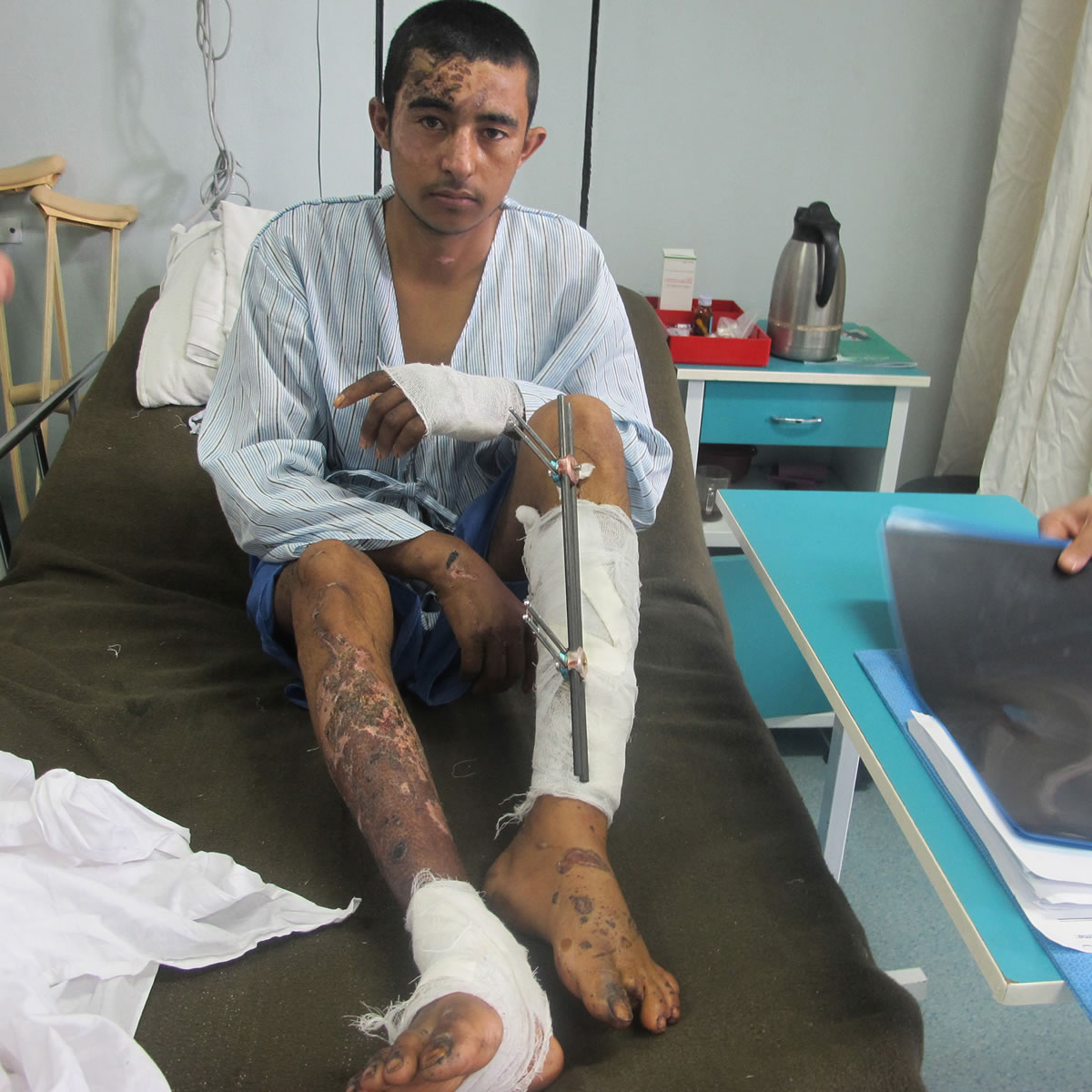KABUL, Afghanistan — U.S. and coalition forces have spent billions of dollars training and equipping Afghan security forces. But despite that, they’re still struggling to get Afghans to stand up to their most persistent foe: improvised explosive devices.
Now, the U.S.-led coalition is conducting a “mini-surge” of trainers and equipment to combat the lethal IEDs, which range from pipe bombs to powerful explosives that can blow trailer-size craters into roads.
The coalition’s efforts have run into complications, ranging from the high Afghan illiteracy rate to the slow distribution of protective gear. Above all, the plans for training Afghan soldiers have been jolted by President Hamid Karzai’s resistance to signing a bilateral security agreement that would permit a residual U.S. military force to remain in Afghanistan after 2014.
Coalition commanders are now racing to complete a task that analysts say should have been done far sooner.
“Already, there is a bigger training gap to fill than we saw in Iraq, and it’s getting started later,” said James M. Dubik, a senior fellow at the Institute for the Study of War and former commander of the NATO training mission for the Iraqi security forces.
Maj. Gen. Dean Milner, a Canadian who oversees the NATO Training Mission-Afghanistan, said the IED training program had not been an earlier priority because of the strain associated with recruiting and housing the 183,000-member Afghan National Army.
“There are a lot of things needed to build an army,” Milner said.
Though generally not as sophisticated as the military-grade explosives used against U.S. forces during the Iraq war, the Afghan bombs — made of cans, barrels and bags filled with ammonium nitrate and fuel — are responsible for a sharp increase in the number of Afghan dead and wounded.
Afghan military officials say 80 percent of the army’s casualties are now caused by IEDs. While the Afghan government doesn’t release annual casualty figures from the conflict with the Taliban, U.S. military statistics show 1,163 Afghan soldiers were killed last year and more than 6,000 were wounded, according to the Special Inspector General for Afghan Reconstruction. The death toll from IEDs for the 151,000-member Afghan police is believed to be even higher.
The IEDs are increasingly killing civilians. A recent U.N. report documented 962 civilian deaths and nearly 2,000 injuries from improvised bombs last year, a 14 percent increase over 2012. One in three civilian deaths in Afghanistan is now caused by an explosive device, the U.N. report said.
After U.S. military commanders were stunned by the effectiveness of insurgents’ IEDs in Iraq, they developed new armored vehicles and stressed the importance of bomb detection and disposal.
Afghan soldiers often travel in lightly armored Humvees. Afghan police patrol in Ford Ranger pickup trucks. Afghan commanders say they also lack robots, protective suits, jammers and night-vision goggles for their soldiers.



